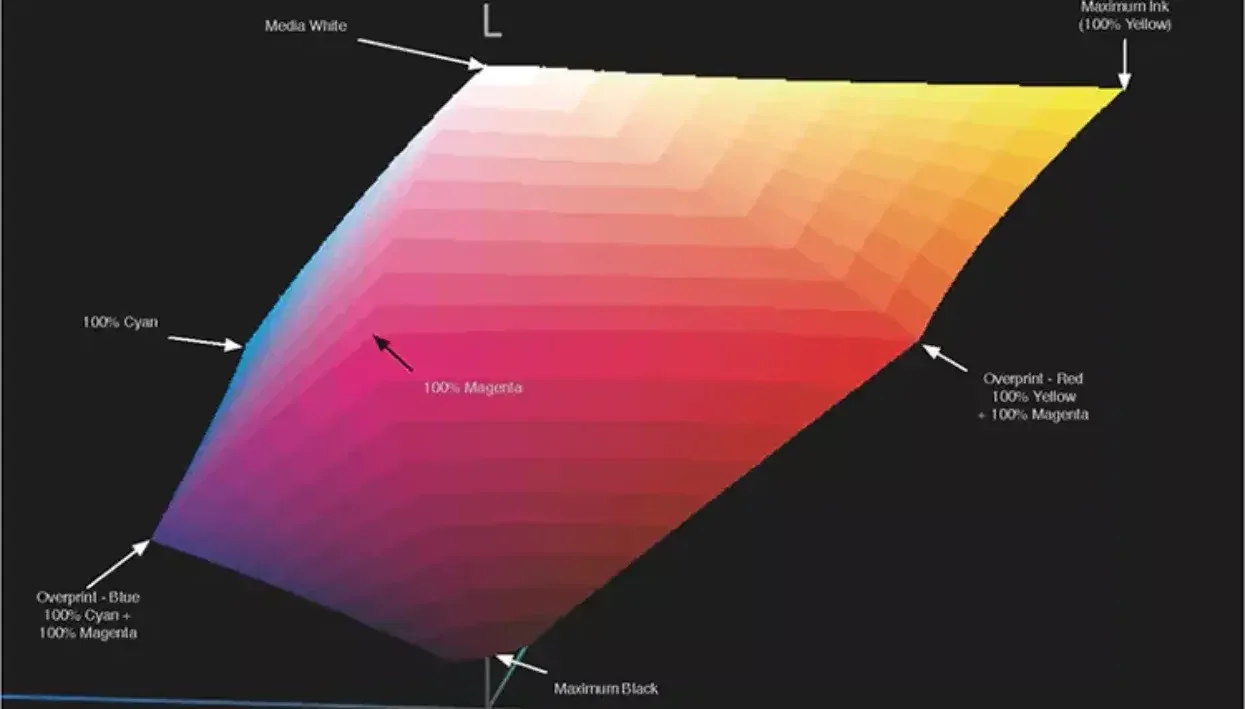Automation
Colour Management
Colour monitoring with environmental data
Author
FESPA Staff
Published Date
28/09/2021
Become a FESPA Member
to Continue Reading
